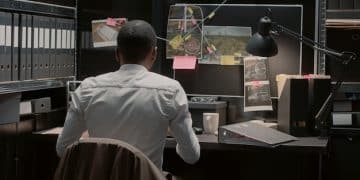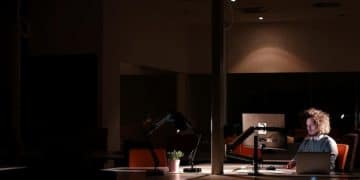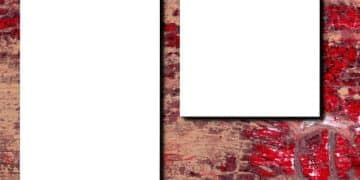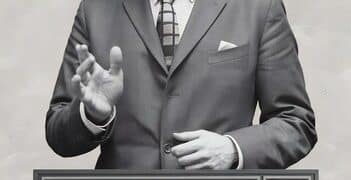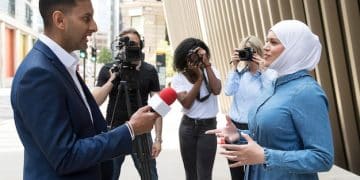The Editor’s Craft: Cutting and Pacing’s Role in Movie Magic

The Role of the Editor: How Cutting and Pacing Shape a Movie are fundamental elements in filmmaking, influencing not only the narrative flow but also the emotional impact and overall rhythm experienced by the audience, seamlessly weaving individual shots into a cohesive cinematic experience.
The role of the editor is often unseen, yet it’s indispensable in shaping the final form of a movie. The Role of the Editor: How Cutting and Pacing Shape a Movie highlights the profound influence editors wield, transforming raw footage into captivating stories that resonate with audiences. Understanding how editors utilize cutting and pacing techniques reveals the true artistry behind filmmaking.
Understanding the Film Editor’s Crucial Role
The film editor is far more than a mere assembler of shots; they are storytellers who mold the narrative, craft rhythm, and control the emotional impact of a film. Their decisions dictate how audiences perceive characters, actions, and ultimately, the film’s overall message.
The Editor as a Storyteller
Editors are integral to narrative design. They piece together disparate scenes, selecting the best performances and moments to strengthen the story. A skilled editor can salvage a poorly directed scene or elevate a well-directed one.
Technical Skills vs. Artistic Vision
Film editing is both a technical and artistic endeavor, requiring proficiency in editing software and a keen eye for detail. The editor harmonizes visuals and audio, resolving technical issues while enhancing the story’s artistic expression.
- Choosing the best shot angles and takes
- Assembling scenes to create narrative clarity
- Working with sound design to build immersive experiences
- Collaborating with directors and other creatives
The editor transforms hours of raw footage into a cohesive and engaging story, employing technical knowledge and artistic judgment. This blend ensures the final product resonates with viewers.
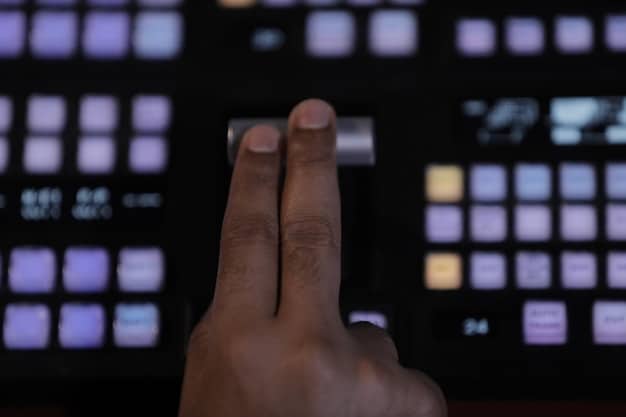
The Significance of Cutting in Film Editing
Cutting, or the art of transitioning between shots, profoundly impacts the audience’s perception of time, space, and emotional tone within a film. It can create tension, build excitement, or provide necessary exposition through seamless transitions.
Types of Cuts
There are several types of cuts, each serving a unique purpose. Understanding these cuts helps appreciate the editor’s control over pacing and narrative flow. Types of cuts include hard cuts, jump cuts, L-cuts, and J-cuts.
The Impact of Seamless Transitions
Seamless transitions are critical to maintaining audience engagement. These cuts, often unnoticed, ensure the story flows smoothly without jarring the viewer, allowing them to remain immersed in the film’s world.
- Maintaining continuity
- Creating visual rhythm
- Enhancing emotional impact
- Avoiding audience distraction
Cutting is not just about joining shots; it’s about strategically guiding the viewer’s eye and shaping their experience. Seamless transitions ensure the narrative remains engaging and immersive, furthering the storytelling process.
How Pacing Influences the Viewer’s Experience
Pacing controls the emotional and intellectual rhythm of a film, influencing how deeply the audience connects with the story and characters. It dictates how quickly or slowly plot points are revealed and how emotional beats are emphasized.
Fast Pacing vs. Slow Pacing
Fast pacing, characterized by quick cuts and rapid action, can create excitement and tension, common in action or thriller films. Slow pacing, with longer takes and deliberate scenes, fosters reflection and emotional resonance, often seen in dramas.
Balancing Pacing and Story
Effective pacing hinges on story coherence. A well-paced film understands when to speed up for excitement and when to slow down for emotional depth, ensuring that neither the narrative nor the audience is left behind.
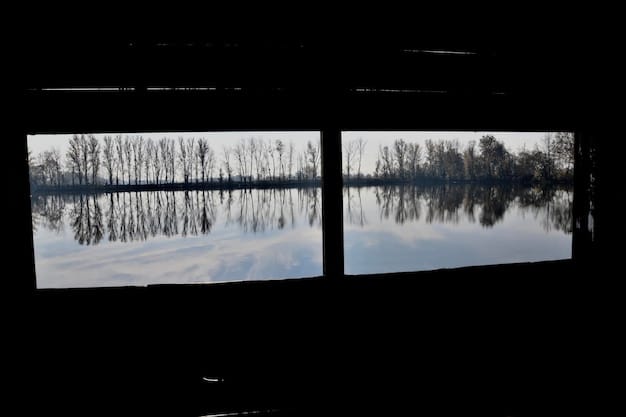
Pacing is a tool that allows editors to shape the audience’s experience, influencing the level of engagement and emotional connection. By carefully varying pace, editors enrich the film’s emotional and narrative tapestry.
The Editor’s Collaboration with the Director
Collaboration between the editor and director is pivotal to realizing the director’s vision. This symbiotic relationship involves constant dialogue, shared understanding, and mutual respect. These partnerships often last for multiple films.
Communicating the Director’s Vision
Editors must interpret and execute the director’s creative vision into the editing process. This involves grasping nuances within the script, understanding the director’s goals, and translating these understandings into visual storytelling.
Resolving Creative Differences
Constructive disagreement is part of the creative process, especially in film. Editors and directors must be able to discuss conflicting ideas openly, negotiate alternative solutions, and reconcile differences to enhance the final product.
- Establishing clear communication channels
- Respecting differing creative inputs
- Finding middle ground through compromise
- Prioritizing the film’s best interest
The partnership between editor and director is a cornerstone of filmmaking, essential for turning raw footage into a coherent and captivating narrative. This dynamic blend ensures both creative inputs are streamlined for the film’s betterment.
Technological Advancements in Film Editing
Film editing has been revolutionized by technological advancements, transitioning from physical film to digital platforms that offer unparalleled flexibility and precision. These advancements provide new creative possibilities for storytelling.
The Shift from Film to Digital
The move to digital editing has drastically altered the editing landscape. This shift has allowed for non-linear editing, enabling editors to access and modify any part of the film at any time, radically streamlining the workflow.
The Rise of AI in Editing
Artificial intelligence (AI) is beginning to influence film editing through automated rough cuts and scene analysis. However, while AI can assist with technical tasks, the creative and artistic decisions remain firmly in the hands of human editors.
- Automated scene detection and tagging
- AI-assisted rough cuts and assembly
- Enhanced control over sound and visual elements
- Collaborative editing tools for remote teams
Technological advancements continue to shape the film editing process, offering new tools for creative expression. While technology streamlines editing, the human touch remains vital for artistic and emotional storytelling.
Analyzing Iconic Examples of Editing and Pacing
Examining how specific films use editing and pacing can demonstrate the tangible effects these choices have on the audience. These examples reveal the power of editing in heightening suspense, guiding emotions, and enhancing narrative clarity.
“Psycho” (1960) – The Shower Scene
Alfred Hitchcock’s “Psycho” features one of cinema’s most famous editing sequences: the shower scene. The rapid cuts and disorienting angles create intense suspense and shock, establishing a benchmark in thriller filmmaking.
“Mad Max: Fury Road” (2015) – Relentless Action
“Mad Max: Fury Road” employs relentless pacing with frenetic action and quick cuts to immerse the viewer in its high-octane world. This approach intensifies the experience, reflecting the film’s chaotic and visceral narrative.
Analyzing iconic examples reveals the profound effect of editing and pacing on audience engagement, influencing emotional responses and enhancing narrative impact. These techniques remain essential tools for filmmakers aiming to create memorable cinematic experiences.
| Key Point | Brief Description |
|---|---|
| 🎬 Editor’s Role | Molds narrative, crafts rhythm, and controls emotional impact. |
| ✂️ Cutting Influence | Impacts perception of time, space, and emotional tone. |
| ⏳ Pacing Effects | Controls intellectual and emotional film rhythm. |
| 🤝 Editor-Director | Partnership ensures director’s vision is fully realized. |
Frequently Asked Questions
▼
A film editor is responsible for assembling raw footage, making creative decisions on pacing, and ensuring the final product tells a cohesive story that aligns with the director’s vision.
▼
Cutting refers to how shots are joined together, influencing visual rhythm. Pacing relates to the speed at which the story unfolds, affecting the viewer’s emotional engagement and intellectual understanding.
▼
The editor works closely with the director to understand the film’s artistic goals and ensure editorial choices enhance the director’s vision, requiring open communication, mutual respect, and compromise.
▼
Technology has revolutionized film editing, transitioning from physical film to non-linear digital platforms. AI continues to introduce new tools, increasing efficiency while editors retain creative control.
▼
The shower scene in “Psycho” showcases innovative editing: rapid cuts, unsettling angles, and disjointed imagery create intense suspense, marking a pivotal moment in thriller filmmaking.
Conclusion
In summary, the role of the editor is vital in filmmaking, intricately shaping the narrative, emotional impact, and overall cinematic experience. Through cutting and pacing, editors craft engaging stories that resonate with audiences, solidifying their place as unsung heroes behind the scenes.
